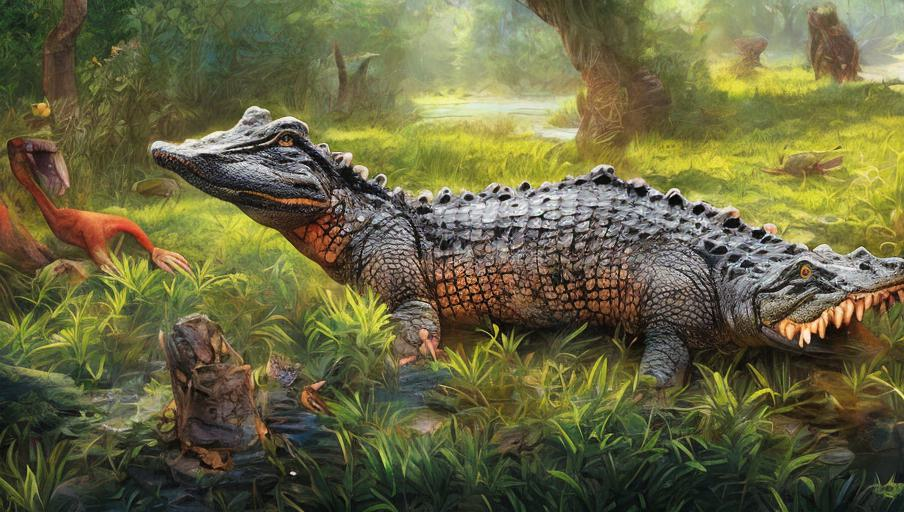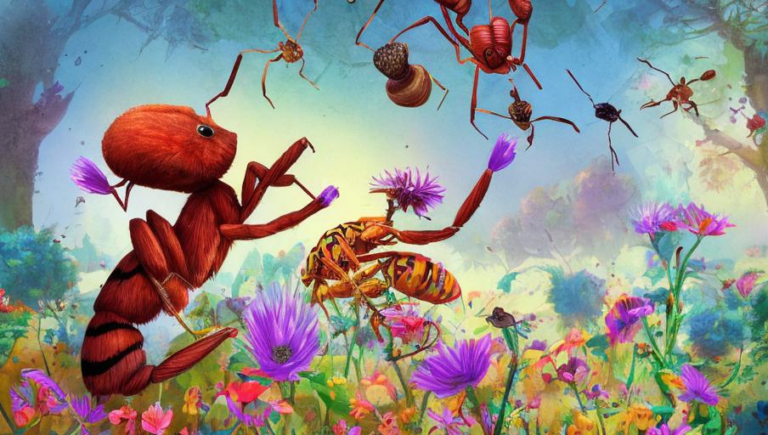A History of Alligator Populations

Introduction
Alligators, one of the oldest species on earth, have roamed the earth for over 200 million years. These ancient reptiles have adapted to a variety of habitats and were once found in most of the wetlands of the United States. Today, their populations have been greatly reduced, and they are only found in a few of the southeastern states, mainly in the Gulf Coast region.
Early History
In the early days of the United States, alligators were found in many wetlands, including the Florida Everglades, the Chesapeake Bay, and the Gulf of Mexico. They were hunted and killed for their hides, which were used to make a variety of products, including shoes, boots, and wallets. As the population of people increased, alligator hunting became more popular, leading to a large decrease in alligator numbers.
Modern History
In 1967, the United States government passed the Endangered Species Act, which provided federal protection to alligators and other endangered species. This led to a large increase in the alligator population, and by 1987, the species was removed from the list of endangered species. Today, alligators can be found in wetlands from Texas to North Carolina and in the Everglades, where their population is closely monitored and managed.
Threats to Alligators
Despite the protection that the Endangered Species Act provides, alligators still face a variety of threats. Habitat destruction due to human development is a major problem, as wetlands are drained for housing and agricultural projects. In addition, alligators are still hunted for their hides, and some states allow for limited hunting. Finally, pollution, including runoff from pesticides and fertilizers, can be harmful to alligators and other wildlife.
Conservation Efforts
In order to protect alligators, a variety of conservation efforts have been undertaken. The first is to protect their habitats by creating national parks and wildlife refuges. These areas provide a safe haven for alligators to live and reproduce. In addition, alligators are closely monitored and their numbers are regularly checked. Finally, it is important to educate people about the importance of alligators and their role in the environment.
Conclusion
Alligators are an ancient species that have been on the earth for over 200 million years. Despite facing threats from humans, their populations are slowly increasing due to conservation efforts. It is important to continue these efforts to ensure that alligators remain a part of our environment for years to come.





